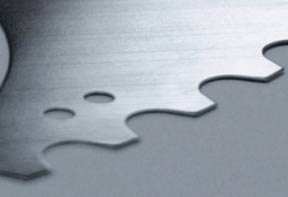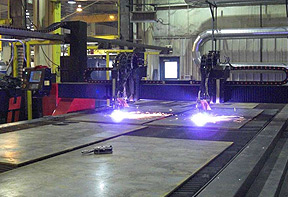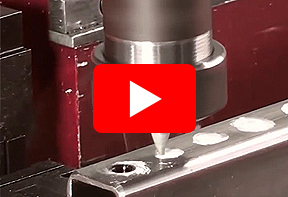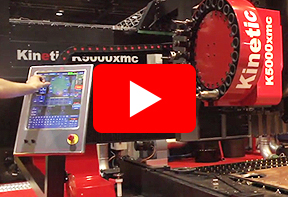Understanding Plasma Cutting
There are many factors for metal fabricators to consider when choosing the right machine tool for your business, but overall there are 3 overarching categories that matter the most: cost-effectiveness, precision, and versatility.
How you decide what is needed beyond that criteria will depend on the material being cut, the sensitivity of that material to high temperatures, its thickness and the degree of precision required. While many are familiar with waterjet cutting and laser cutting, let’s take a look at plasma cutting technology.
Whether you are a first time buyer looking to increase efficiency, or you want to upgrade old technology, precision plasma cutting tables can be a great tool for everyone from shop fabricators to steel service centers due to their ease of use, higher quality cuts and faster travel speeds
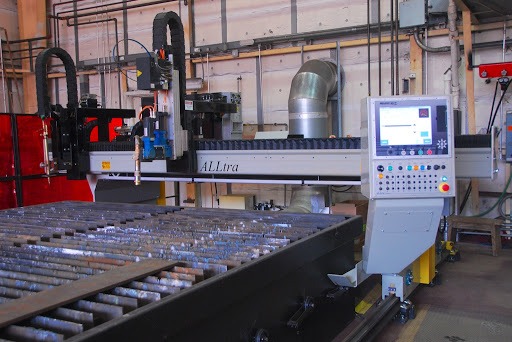
Plasma Cutting Basics
Plasma Cutting Basics
Have you recently taken on a new project that requires higher cutting volumes for thicker material?
With plasma cutting, the process uses high heat to cut, or vaporize metals. A gas or gases are forced through a small hole in a torch at a high speed while a current is applied. When the temperature gets high enough, it enters a new state of matter called plasma. The electrical nature of the process is also important. As the electrified arc produced by the torch comes into contact with the metal, a full circuit is created. The substance is at a high temperature and is moving at a high speed making it easy for the plasma to cut through non-ferrous materials and stainless steel up to 2-6″ thick and carbon steel up to 3+” thick.
The technology for this cutting process has improved immensely over the years and is now much more competitive with laser cutting. Known for its high quality cuts and precision, plasma cutting greatly reduces any material distortion or warping and can cut through thin and thicker material, making it very versatile.
CNC Plasma Cutting and Oxy-Fuel
CNC & Oxy-Fuel
When attached to larger precision motion systems, plasma cutters achieve the best accuracy and are known as CNC plasma tables. Using Computer Numerical Control (CNC), automated cutting or burning takes place atop the plasma cutting table that comprises flat metal slats on which the workpiece lies without having to touch materials at all. A pre-drawn shape is loaded into the machine and a toolpath is then created that the machine tool follows which energizes the plasma torch.
The engineered nozzle directs a plasma jet, which is generated through a power source. Plasma (high-energy ionized gas) is produced using combinations of air, oxygen, nitrogen, hydrogen and argon gases, whereby the plasma arc reaches temperatures up to 40,000 °F. As the plasma jet melts the material, a shielding gas blows debris away protecting the work piece.
In addition, an optional plasma cutting technology uses oxy-fuel cutting for thicker materials especially when processing ferrous metal such as plate and structural steel. Today, many manufacturers will use a plasma cutting system that includes one or more oxy-fuel torches for added capability. The oxy-fuel system will be best for thicker materials in the 4-12” range where plasma cutting will be utilized for thinner materials requiring more accuracy.
Taking Precision Plasma Cutting to Hi-Def
Taking Precision Plasma Cutting to High-Definition
The CNC Plasma machine’s cutting speed, power density and quality of the cut has further improved in recent decades with High-Definition plasma cutting. Deeper, cleaner cuts with higher precision can be achieved by forcing the cutting gases through a smaller nozzle to further shape the plasma arc, by using high purity air and multiple gases, and lastly, by increasing the current input. The precision from the cut also requires more precise controls and calibration, but are a great way to produce complicated parts.
These changes can save costs in the long run as the high quality finish means reduced need for post-cutting finishing, and extending the lifespan of consumable parts. Additional benefits that come with “Hi-Def” plasma cutting include superior cut quality, consistency, fast turnarounds, improved bolt hole quality and excellent repeatability.
From cost efficiency to quality cuts in a range of material thicknesses, plasma cutting tables can provide an alternate solution to lasers, waterjets, oxy-fuel torch cutting and bring a multitude of advantages for metal fabricators. Contact us today to talk to one of our experts and get your specific application questions answered and learn about what makes the most sense for improving your business!





